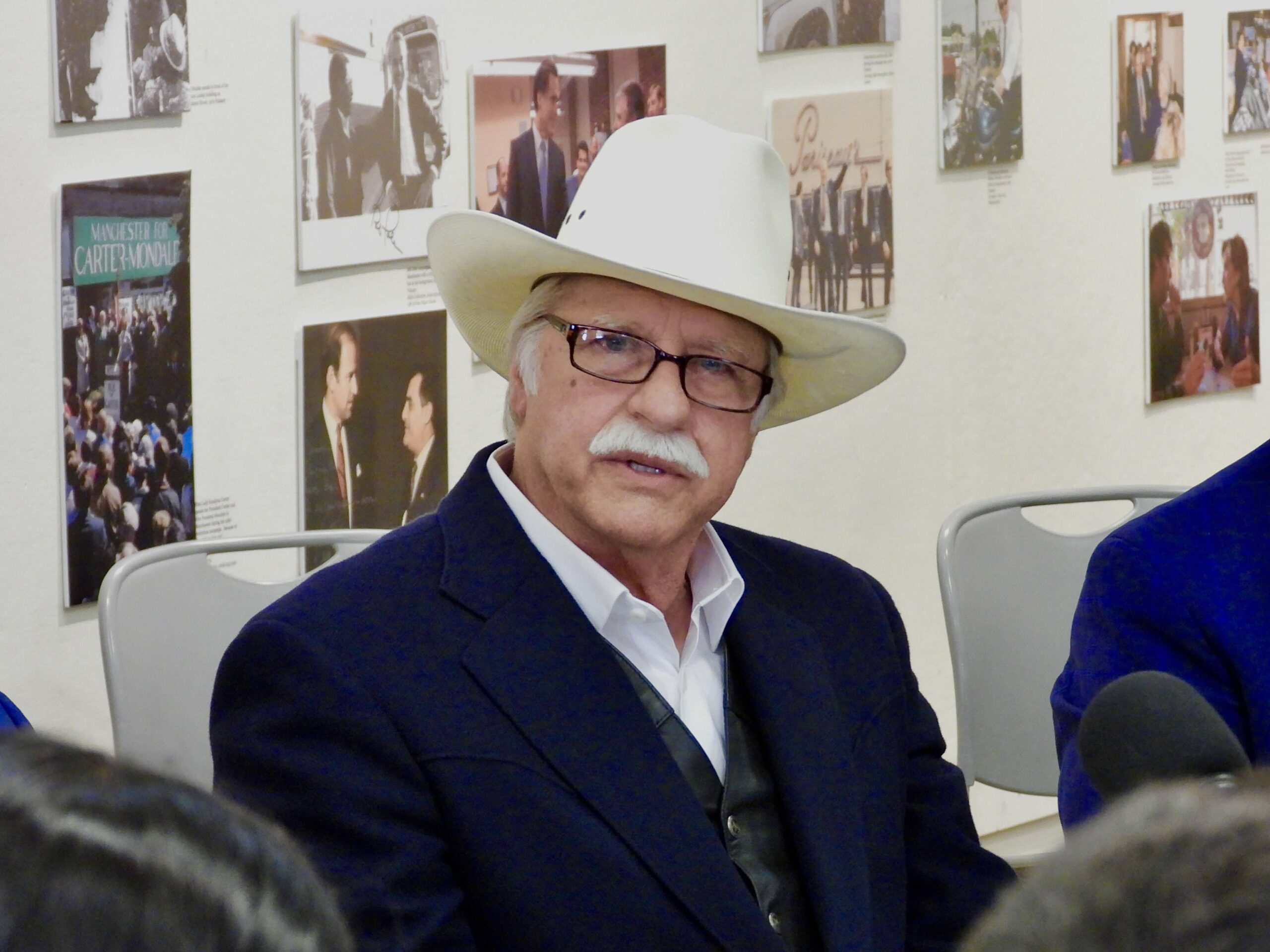Now that the One Big Beautiful Bill Act has been signed into law, it is time to look forward to what remains to be done in connection with several critical issues, including immigration.
America has been built through immigration. The number and diversity of immigrants have served to fuel economic growth and contribute to some of the uniqueness that makes America a great and special nation.
The birthrate in the United States is 1.62 per woman, which is well below the replacement rate of 2.1. In addition, there are an estimated 8 million open jobs, most of which are due to a shortage of available workers. We need immigration to avoid a decline in our population and help fuel economic growth. Still, there is a difference between legal and illegal immigration.
President Trump was elected in part on his promise to secure our nation’s borders. He has delivered on that promise and has achieved additional funding from Congress to complete a border wall on the southern border and enhance related homeland security staffing as part of OBBBA. Estimates are that 10 million to 20 million undocumented immigrants are in the country. In addition, it is estimated that a significant majority of the undocumented immigrants are employed, even though it is illegal to hire them.
The administration is seeking to remove undocumented immigrants while focusing on those who have engaged in criminal acts in the United States or elsewhere. Realistically, it would be difficult, if not impossible, to deport all undocumented immigrants. In addition, it may be inappropriate and counter-productive to do so.
Many of the undocumented immigrants have been doing jobs in parts of the economy where they are sorely needed (e.g., agriculture, manufacturing, hospitality, construction, lawn maintenance). A majority of these workers have never been convicted of a criminal offense. They should be paying taxes, but may not be. After all, employers are not supposed to hire undocumented immigrants, but this provision has not been enforced effectively. We also need to take steps to attract the best and brightest from around the globe to our universities and retain people with critical skills.
While we ultimately need to modernize many aspects of our immigration system as part of a broader national human capital strategy, a few steps should be taken expeditiously.
First, it is time to create a new temporary work VISA whereby employers can sponsor undocumented immigrants. The related people would be vetted, and the employer would pay a modest daily tariff (e.g., $25) for the right to employ them. This new tariff would generate significant revenue, and the related workers could come out of the shadows, pay their taxes, and make a more transparent, free and fair labor market. This effort would be combined with strict enforcement for employers who hire outside of this new program.
Second, it is time to clarify the application of birthright citizenship under the 14th Amendment. A reasonable approach would be to require that one of the parents must be a citizen for the child to be granted birthright citizenship. Adopting this clarification would eliminate the perverse incentive for undocumented immigrants to come to the United States to gain citizenship for a child born in this country. This cannot be done via an executive order, but it may be accomplished via legislation.
Finally, we need to clarify that only legal residents are eligible for federal benefit programs. As sovereign entities, states can do something different if they so desire, but they will have to assume the cost.
We ultimately need to adopt a comprehensive national human capital strategy that assures us that we have the optimum number and mix of people we need to support a growing economy and our global competitiveness. It needs to include a comprehensive immigration strategy that is designed to help us attract and retain top talent while allowing for legitimate asylum requests. The reform should differentiate between a pathway to citizenship and a path to legal residency status.
It is time to start addressing our immigration challenges. The three steps would be a good start.



